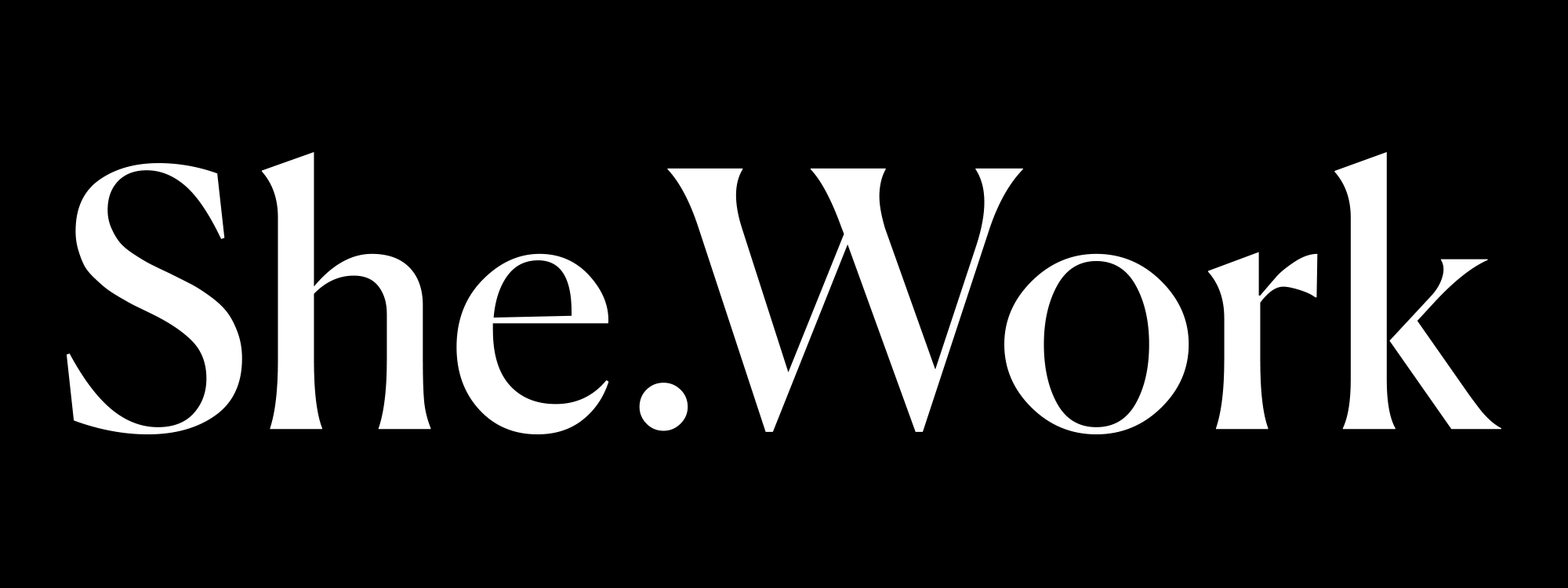Constructive feedback is a communication tool used to provide guidance and improve performance in a supportive and respectful manner. Unlike negative criticism, constructive feedback focuses on solutions, actionable steps, and encouragement, making it a powerful way to drive growth and development in the workplace.
When delivered effectively, constructive feedback strengthens relationships, boosts morale, and helps individuals reach their potential.
Key Elements of Constructive Feedback
- Specificity: Clearly define the behavior or issue you’re addressing.
- Actionable Suggestions: Offer practical steps for improvement.
- Balance: Highlight strengths alongside areas for growth.
- Timeliness: Provide feedback close to the event for greater relevance.
- Empathy: Approach the conversation with understanding and respect.
Why Constructive Feedback Matters
- Encourages Growth: Helps employees learn and improve.
- Builds Trust: Creates open communication and mutual respect.
- Enhances Performance: Drives individual and team success.
- Boosts Confidence: Reinforces strengths and recognizes contributions.
How to Deliver Constructive Feedback
- Prepare in Advance:
Think about the key points you want to address and the outcome you hope to achieve. - Be Direct and Respectful:
Use clear, respectful language and focus on the behavior, not the person. - Use the Feedback Sandwich Approach:
Start with positive feedback, address the area for improvement, and end with encouragement. - Focus on Solutions:
Offer actionable suggestions or resources to help them improve. - Invite Dialogue:
Encourage the recipient to share their perspective or ask questions. - Follow Up:
Check in later to acknowledge progress and provide ongoing support.
Examples of Constructive Feedback
- Instead of: “Your report was a mess.”
Say: “Your report had great insights, but it could be clearer. Let’s work on organizing the sections more effectively.” - Instead of: “You never meet deadlines.”
Say: “I noticed the project was delayed. How can we better manage timelines going forward?”
Building a Culture of Feedback
Constructive feedback should be a regular and valued part of workplace communication. When employees feel supported in their growth, they’re more likely to stay motivated and engaged.
Remember: feedback is a gift. When delivered with care and purpose, it can unlock potential, build confidence, and strengthen relationships.
✱ If you liked this article, please share it with a friend who could use inspiration.
If you have a topic in mind or a story to share anonymously or with your name, email us at team@she.work





